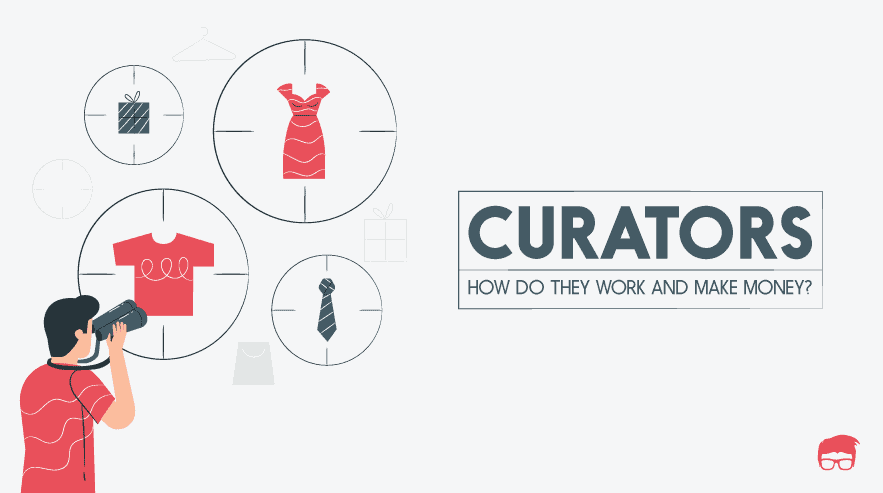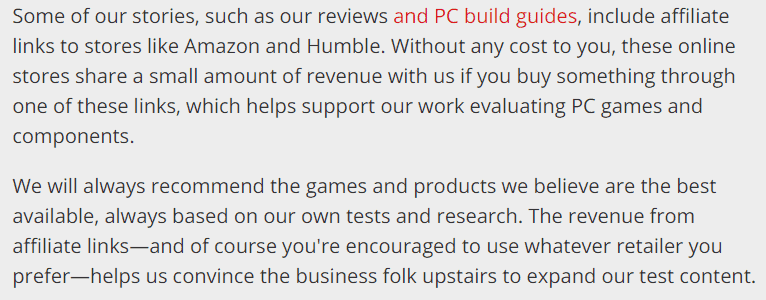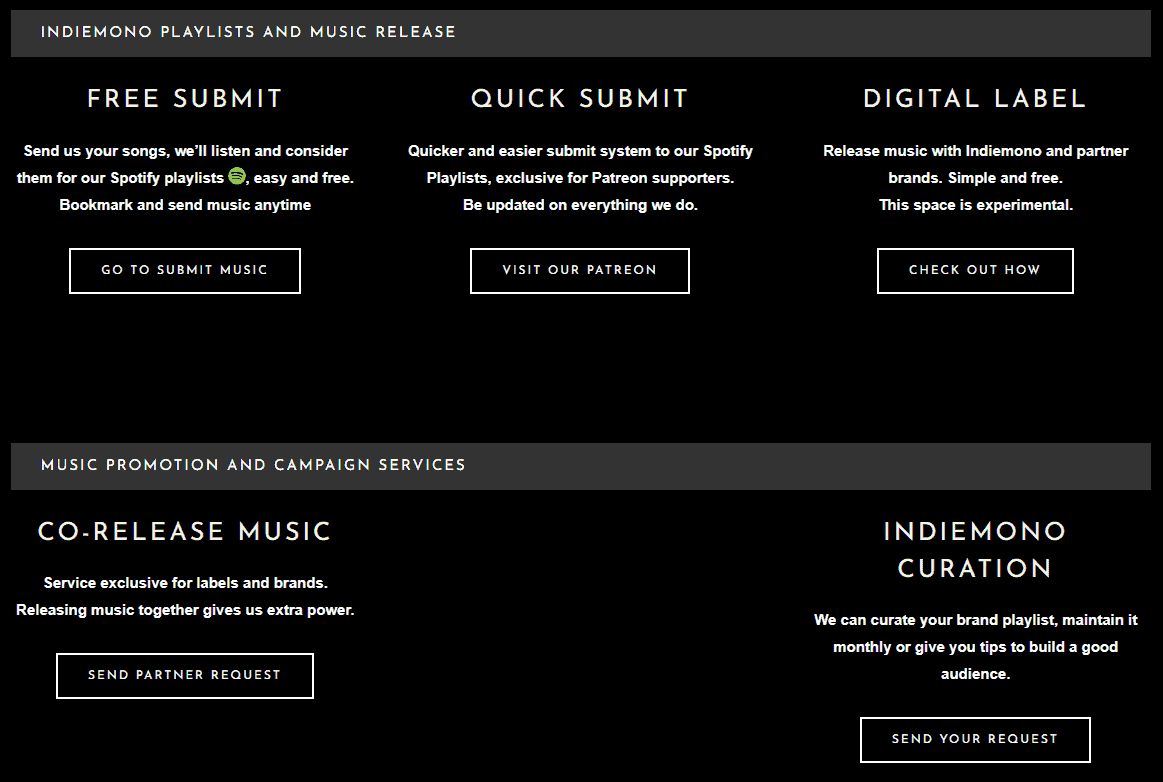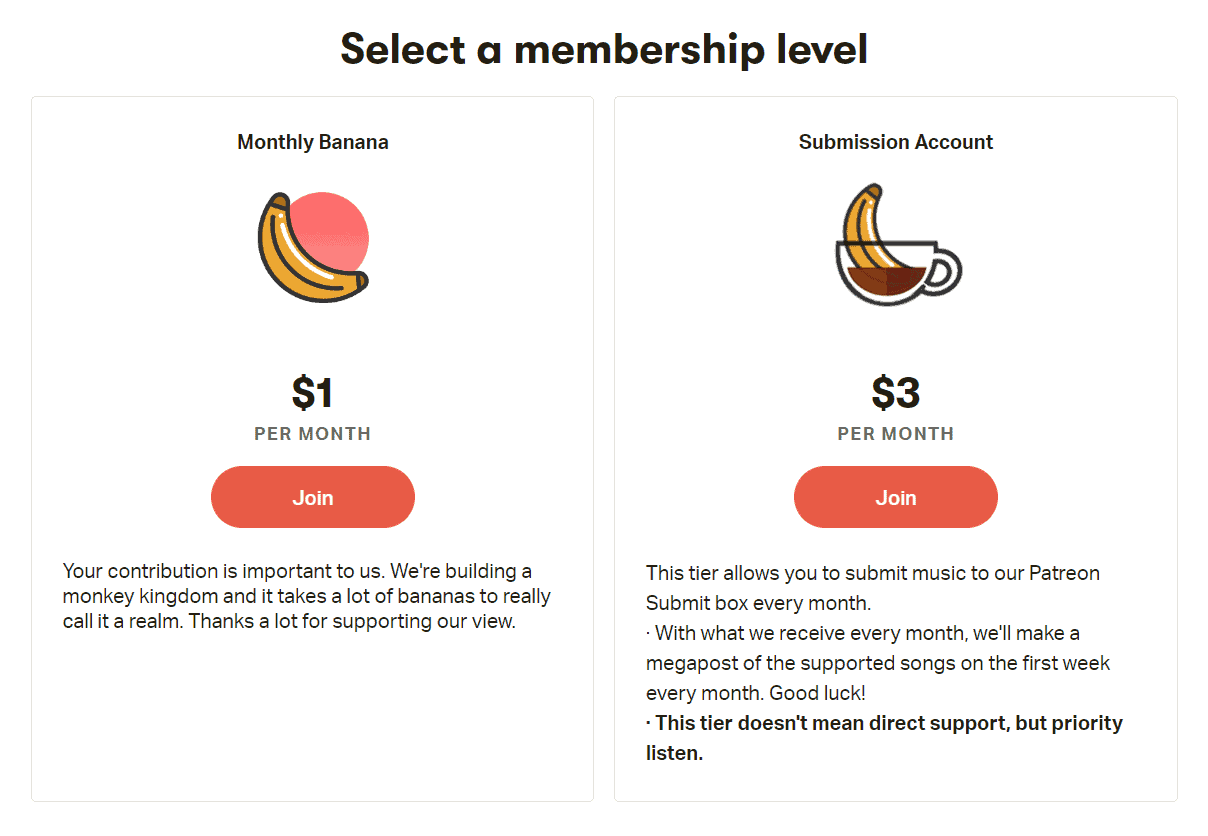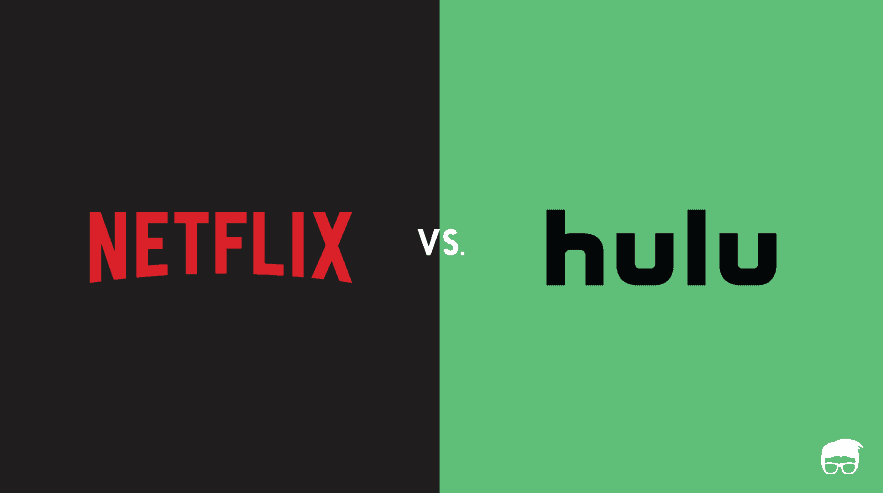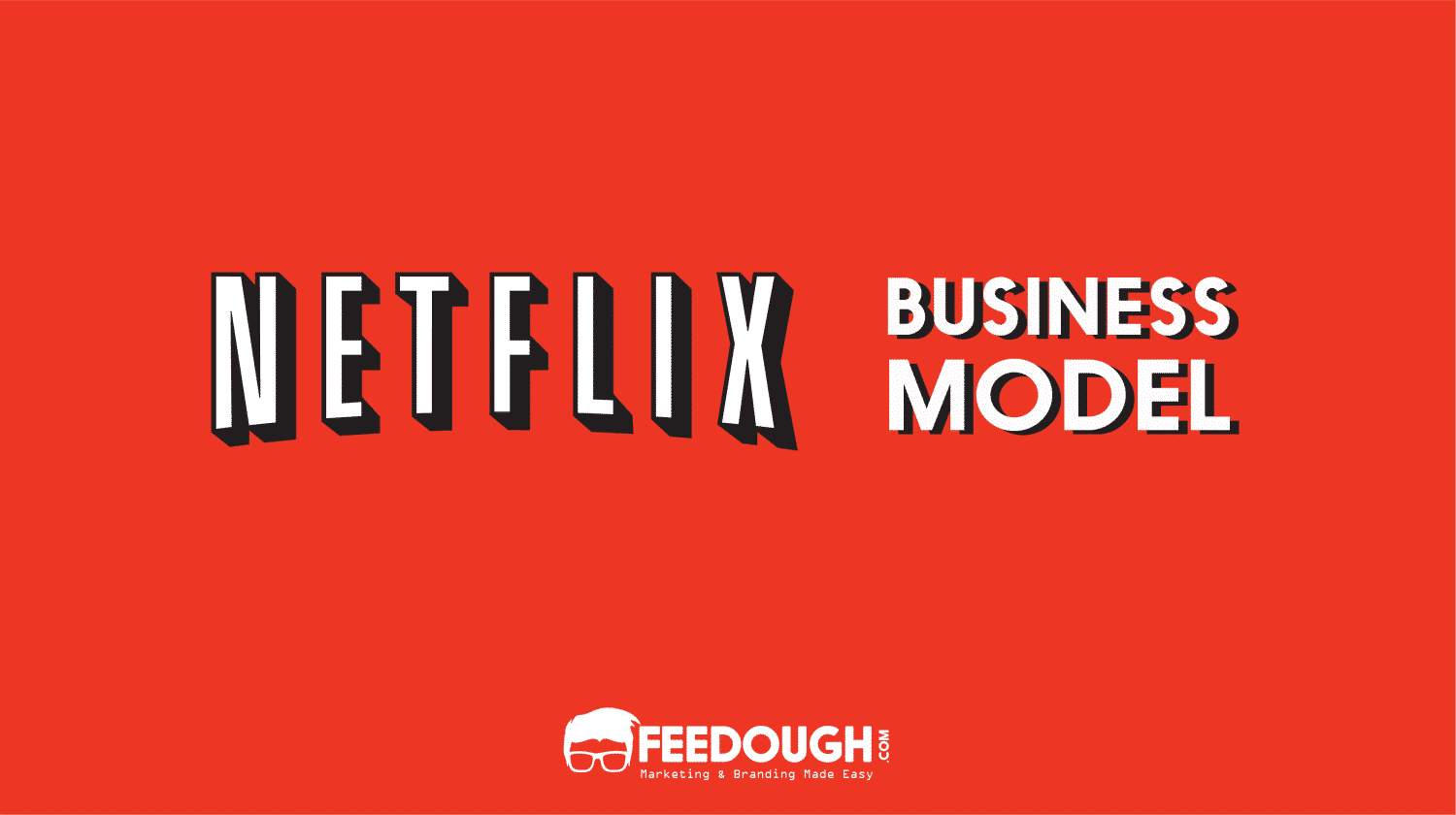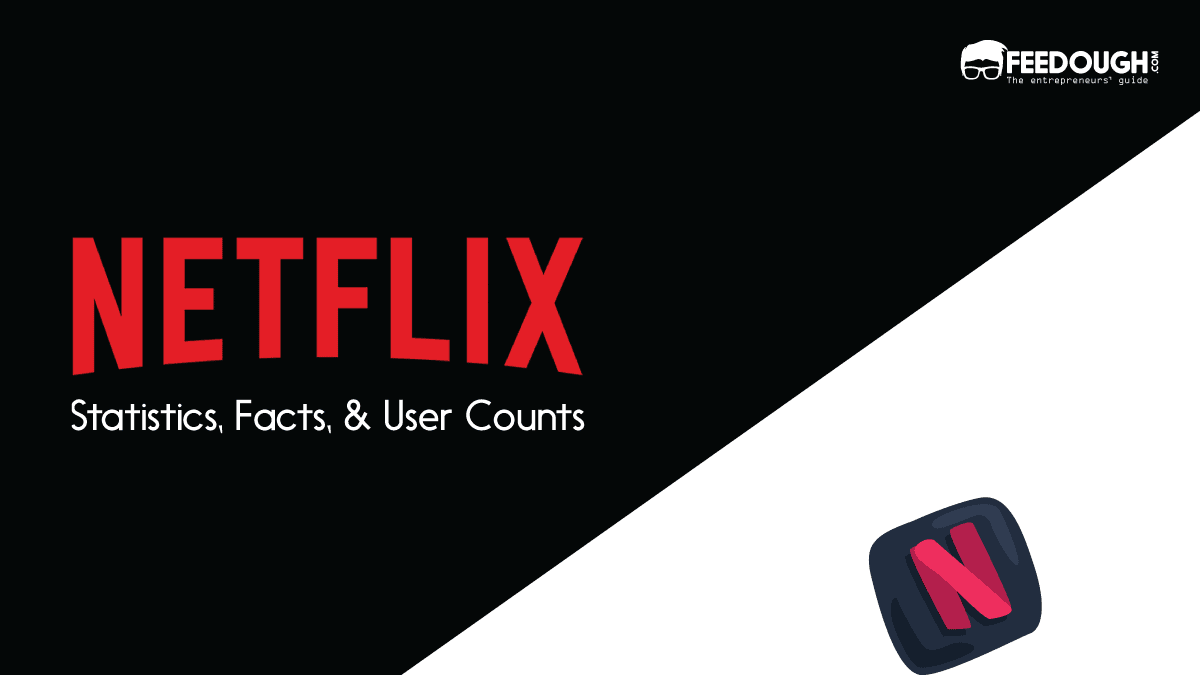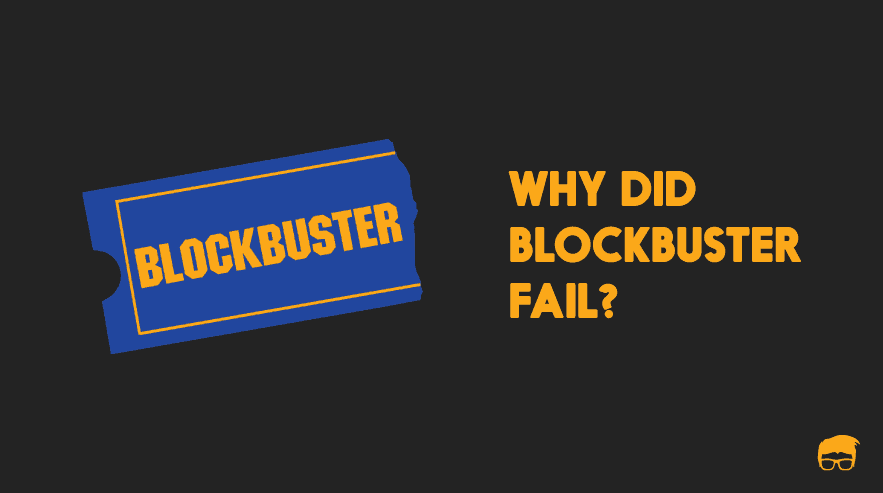Have you ever felt like you’re virtually in the middle of nowhere while you tried to find information on the internet?
How many times have you googled “Top 10 movies to watch on Netflix” or “Best Pop Songs of all time”?
As much as you love the power of choice, the internet gives you too much of it and it’s only natural to get overwhelmed or “feel lost”.
But don’t worry,
Curators are your saviours in disguise.
Curators cut through the noise on the internet to present information for their loyal audience seeking knowledge on a particular topic.
Still confused?
Don’t worry, this article will answer all your queries about their job, their sources of revenue, and analyse some examples of curators.
What Is A Curator?
A curator is a person or an agency who gathers and presents interesting information in one place and provides fresh insights to create something which might appear new but is based on existing data.
How Do Curators Work?
Imagine you’re in a library with books distributed randomly across the shelves, no sections, no divisions. That is a representation of the internet for you. Now what the curators do is arrange these books according to categories such as genres, authors, age groups, etc. keeping the most relevant ones on the top so it’s easier for you to find.
Simply put, they streamline the information.
Following are the reasons why curators are so important, especially today –
- They do ample research on a topic and provide you with information/services which are best of the best
- They find a niche and stick to it
- Their goal is not to diversify but to delve deep into their area of interest
For example:
MrSuicideSheep is a music curator which shares electronic music (and sometimes non-electronic music) on platforms such as YouTube and SoundCloud. The channel is independently run by Josh Carr-Hilton from Vancouver, British Columbia. Josh shares copyright-free music and began his channel with the intent to share music that he enjoys.
How Do Curators Make Money
Curators make money through partnerships, donations (through platforms such as Patreon), subscriptions, and affiliate marketing. Let us look at it in more detail along with some real-life examples.
Subscription Model
As the name suggests, in a Subscription Model the customer pays a recurring fee – monthly, quarterly, or yearly – for access to the service or premium content.
How does this help the curators?
The revenue model leads to strong customer relations and higher revenue as it builds brand loyalty.
Mubi
Often considered Anti-Netflix, Mubi is an online streaming platform where, on any given day, there is a collection of 30 curated movies that you can watch. The movies range from cult classics to award-winning masterpieces, from forgotten gems to festival fresh cinema.
Mubi earns through subscriptions and a Mubi membership costs only $10.99/month, with a free 30-day trial.
Mubi filters through choices for you and brings to you cult, classic and independent films.
What’s more? You can access these movies offline as well.
Affiliate Marketing
The basic idea behind affiliate marketing is to promote other people’s products and charge commissions for each sale made. Other products can be marketed by posting reviews, tutorials, suggestions, etc.
Let us look at the example of the curator “PC Gamer” to understand this better.
PC Gamer
PC Gamer is a game curator (stand-alone curator and a Steam curator) that evaluates and shares game reviews and suggestions. The curator also has a Twitch channel wherein it broadcast its team members playing games in real-time.
Affiliation with game partners and Partnership with Twitch helps PC Gamer in the following ways –
- Earning commission whenever a reader buys a game from the link on the website.
- Donation of money on Twitch through PayPal where Twitch doesn’t claim any percentage of the donations.
- “Bits” on Twitch where views send Cheer Bits and each bit equals 1 cent. Twitch has a percentage of claim over each Bit.
Partnerships
Many curators thrive on partnerships. These partnerships work in the same was as influencer partnerships where a company reaches out to a curator to review it or add its offering in its list in return for some benefit which could be a share of sales, a fixed retainer, free products, or commissions.
Indiemono
Indiemono is a legit Spotify playlist curator-cum-music-label which lets music producers and artists submit their piece for review for free. However, the company also provides paid partnership options where the artist and labels can co-release their music with the Indiemono digital label and cater to a bigger audience.
Besides this, the company also provide a premium Indiemono curation service to brands where it curates the brand playlist, maintain it monthly and/or give the brand tips to build a good audience.
Advertisements
The advertisement model is the oldest revenue model used by curators. It’s a simple revenue model and is often used along with other models to develop a sustainable revenue stream. It works like this –
- Develop lists and add review articles to get traffic on the website.
- Monetize the traffic by placing advertisements within the content.
Donations
Many curators also rely on the donations provided by their readers, viewers, and subscribers. They make use of platforms like Patreon or Paypal for the same.
Bottom Line?
Curators possess quality followers in their niche, they understand and contextualize information for them. They give unbiased recommendations solely because they like it – not because a company-sponsored them to.
Content Curation, of any kind, is a fast-emerging field. It is an opportunity for curious minds to gather interesting and related content at one place instead of creating new content themselves.
Go On, Tell Us What You Think!
Did we miss something? Come on! Tell us what you think about our article on curators in the comments section.
An entrepreneur with a background in management, looking for opportunities to learn and grow every day.
